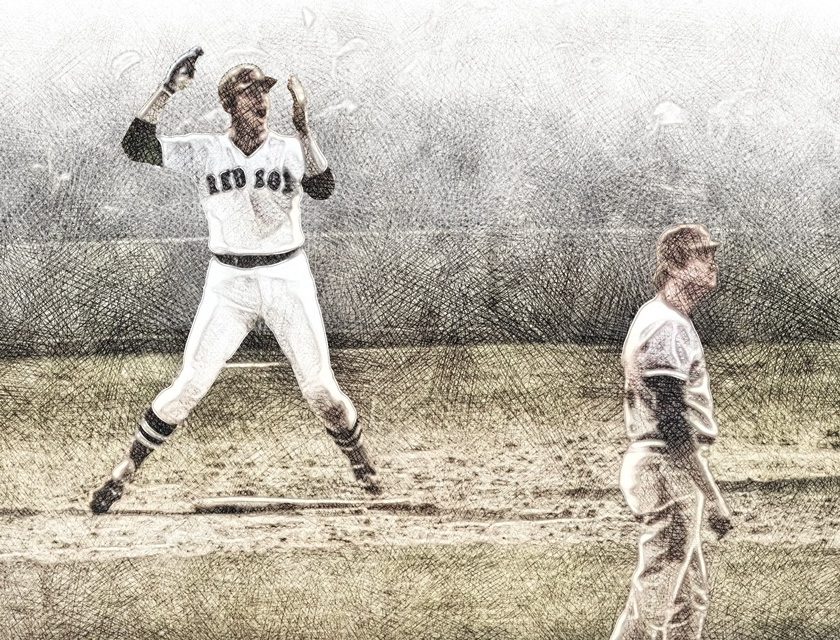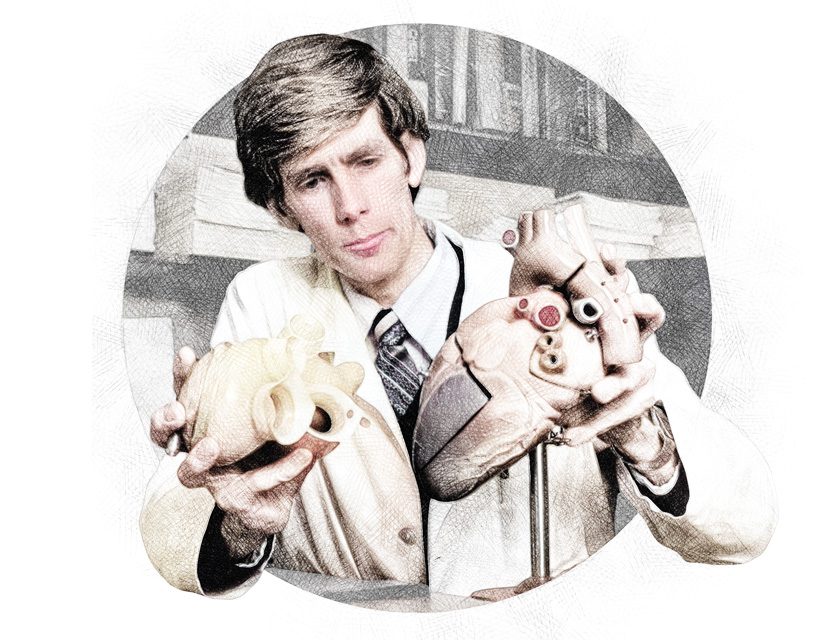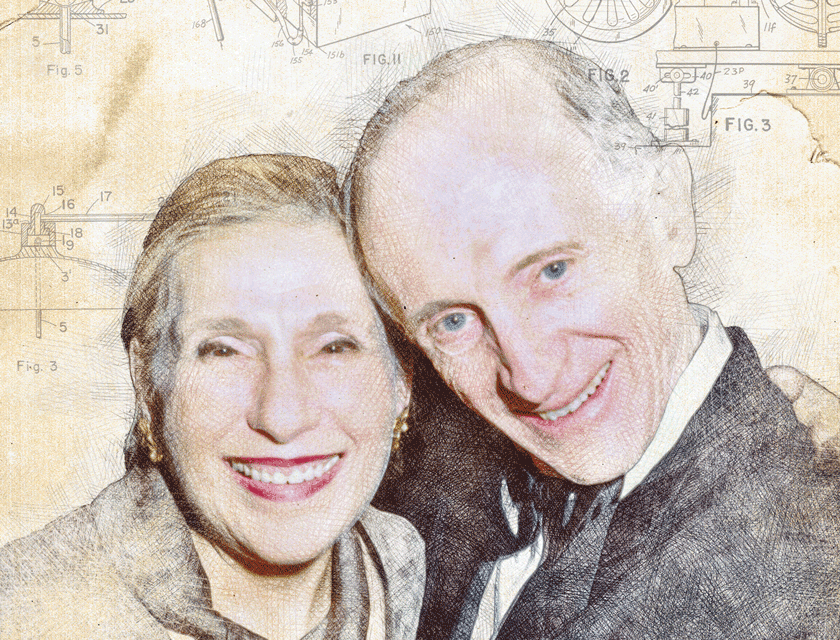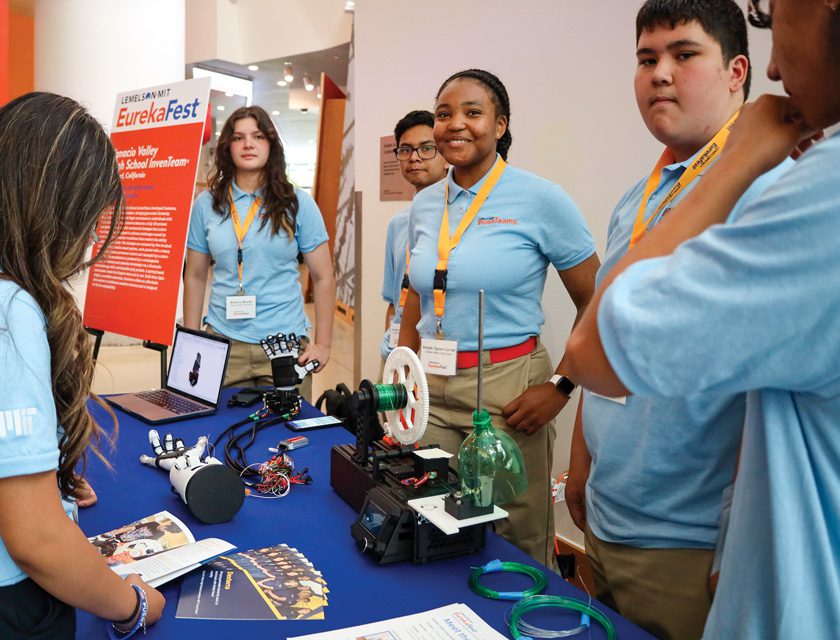
-
Save
This is not a story about a patented, trademarked or copyrighted invention or process. It is a story about the intangible yet powerful impact of innovative instinct when the timing is right.
Who really wants to argue with Denzel Washington?
“D” has said, “Luck is when an opportunity comes along and you’re prepared for it.” That premise was especially relevant 50 years ago during perhaps the greatest World Series ever played, even if it involved the hated rival of his beloved Yankees.
The Series’ signature moment—a game-ending, 12th-inning home run by Boston Red Sox catcher Carlton Fisk that tied the seven-game series at three apiece—was so powerful that many still claim the deciding Game 7 the next day was a footnote. (It wasn’t for Cincinnati Reds fans who had suffered championship near misses in 1970, 1972 and 1973.)
But you don’t have to be a sports fan to appreciate the story behind the story on the Fisk home run, and how in-the-moment innovation and a strange sequence of serendipity married in a shocking instant to create a sports memory that for millions is a bridesmaid to non
This is not a story about a patented, trademarked or copyrighted invention or process. It is a story about the intangible yet powerful impact of innovative instinct when the timing is right.
Slow to change
There’s a curious charm to watching baseball from 50 years ago: the joy and quiet passion, with an unspoken commitment to celebrations conducted in a sportsmanlike way; a game where the baselines belonged to the runner per the game’s original intent, with no handwringing about potential injury for overpaid franchise investments who drive up ticket prices; pride in a unique product with no clocks or time limits of any kind; style misadventures via elastic waistbands and some historically garish uniforms; sterile, cavernous, carpeted, cookie-cutter stadiums.
For many, Major League Baseball’s strength was in its generally comfortable sameness from year to year, with occasional trends including metric conversions on outfield fences failing as often as they succeeded.
Technological innovation in televised games reflected this pattern, showing little publicly seen advancement over decades. A camera behind home plate remained the longstanding view for pitches, although shots from a camera in center field had recently provided an important added angle—particularly for judging the accuracy of ball-and-strike calls.
But on October 21, 1975, an innovative whim by an unknown cameraman uncomfortably lodged inside a dirty, hollowed but hallowed scoreboard in left field at Boston’s storied Fenway Park—and perhaps spurred by an annoyingly persistent rat—changed everything.
A sport-saving 4 hours?
It’s ironic that as today’s MLB busies itself with hurry-up measures like pitch clocks and limits on throws to first base and the T-ball-like practice of putting a runner on second base to limit the number of extra innings, The Game That Might Have Saved Baseball was a 12-inning, 4-hour and 1-minute nail-biter steeped in slow-evolving drama.
With diminished scoring, labor strife and Golden Era behemoths like Willie Mays, Mickey Mantle, Roberto Clemente and Sandy Koufax long gone, MLB attendance was sagging. The National Football League was on its way to taking over as America’s pastime.
The ’75 World Series, featuring two star-studded rosters, offered hope and new intrigue that snowballed as the showdown progressed.
Following victories in two of three straight one-run games, the Reds won Game 5 on October 16 for a 3-2 Series lead. The teams flew back to Boston for a workout day on the 17th.
Fans held their breath as a pounding autumn rain postponed the scheduled October 18th game. And the 19th. And the 20th.
The Reds had not won a World Series in 35 years. The Red Sox had not won one in 57. Rain could not stop a football or basketball game. But the singularly unpredictable rhythm and conditions of baseball meant delay after delay after delay, ratcheting up the drama.
When play finally resumed that Tuesday night—the prime-time game start after such anticipation was a stroke of genius—the Red Sox took a 3-0 first-inning lead. But the Reds rallied for six unanswered runs, featuring a two-run triple by Ken Griffey in the fifth inning on which Sox centerfielder Fred Lynn slammed his back awkwardly against the wall and lay still for several moments.
With a strong Reds relief corps ready to get the final five outs in the eighth inning, the game and Series looked to be over.
But Boston tied it on a three-run homer to straightaway centerfield by pinch-hitter Bernie Carbo, who: 1) almost struck out earlier in the at-bat, swinging like a rusty gate on a pitch that badly fooled him; 2) was once a golden boy for the Reds but was traded due to his decades-long struggle with alcohol and drugs.
The Red Sox seemed poised to win in the bottom of the ninth when they loaded the bases with none out. But the Reds squeaked through thanks to a great throw home by left fielder George Foster (not known for this skill) and an artful tag by catcher Johnny Bench that eventually forced extra innings.
More drama.
The Reds advanced a runner to second in the 10th inning on merit—not assigned there by hurry-up rules—but could not score him.
More drama.
A leaping catch at the wall in the 11th inning by Dwight Evans started a double play that again prevented the Reds from taking the lead.
More drama.
Another Reds runner to second in the top of the 12th. Could not score him.
More drama.
In the bottom of the 12th, tension was at a fever pitch. Both pitching staffs had been virtually emptied. The weakest link on the Reds’ staff, Pat Darcy, was running on fumes. After a wild-high ball one, he chucked a flat nothing around knee level.
Fisk wasted no time.
Instant replay history
The soaring drive definitely had home run depth; the only question was whether it would stay inside the foul pole for a home run or bend outside for a meaningless strike.
Reaching a storybook dramatic apex, it did neither—instead hitting the pole for a game-ending home run as the ballpark rocked with thunder. Live NBC cameras from centerfield showed Fisk’s swing, then switched to the flight of the ball hitting the pole and the catcher clapping his hands like a child as he jumped around the bases.
(In an excellent 2015 piece on the event, Sports Illustrated’s Tom Verducci referenced how the live shot followed the ball bouncing high off the foul pole and to the ground near the Reds’ Foster. Other reports say the ball landed at his feet. Neither is true: Foster made a backhand catch on the richochet off the foul pole, all for naught. He auctioned the baseball for over $113,000 in 1999.)
It wasn’t until more than 2 minutes later that America got the best view of the home run, through instant replay. From Verducci:
“[NBC-TV Sports Director Harry] Coyle punched up the replay from the camera, which was operated by Lou Gerard. Two minutes and 11 seconds had passed since Fisk hit the home run. Finally, the world saw it: an isolation shot of Fisk as the ball was in the air. Three times Fisk waved with his arms to his right, trying to semaphore the baseball fair. When he saw it hit the foul pole, Fisk jumped in delight and then jumped again. Coyle froze the shot on Fisk’s second jump.”
Here’s where the serendipity comes in—with a story about rats that is half truth, half legend.
There is little question in any account that Gerard was besieged by rats at his post. But the popular story, never verified, is that he only got the reaction shot because the proximity of the huge rodent rendered him afraid to swing his camera to follow the flight of the ball. So he asked his director if he could keep the camera on Fisk.
Previously, baseball TV broadcasts almost always followed the ball—not the player’s reaction. It’s perfectly plausible that Coyle, renowned as an innovator during his 42 years of overseeing TV baseball coverage, would OK any reasonable new idea whether a rat was changing the equation or not.
Regardless, the Fisk footage marked the unofficial birth of the sports TV reaction shot and changed the game’s coverage forever. Verducci called Game 6 the most influential TV broadcast in baseball history.
The rattled-by-a-rat version of the story is compelling. But it’s easy to understand how the legend could grow through the decades.
Michael Weisman, then Coyle’s assistant, told Verducci:
“Wink, wink. First it was a rat by his foot, then after a couple of years it was a rat on his shoulder, and then it was a rat under his hat eating a ham sandwich … Just one of the rumors and the wives’ tales and the exaggerations that came out of the game.”

























